Architects’ Act in Indonesia
 Budi A. Sukada has been an active member of the National Committee of the Indonesian Architecture Institution (IAI) since 1986, and became the IAI Chairman in 2002. He is also a lecturer in the University of Indonesia and the Tarumanegara University, and is currently serving as a juror in several architecture competitions
Budi A. Sukada has been an active member of the National Committee of the Indonesian Architecture Institution (IAI) since 1986, and became the IAI Chairman in 2002. He is also a lecturer in the University of Indonesia and the Tarumanegara University, and is currently serving as a juror in several architecture competitions
Indonesia is not a safe place to live. Earthquakes happen almost every week in some part of the archipelago along with tsunamis; volcanoes may erupt at any time, and sudden floods from overflowing rivers (or banjir bandang) happen regularly without early warning, as do local tornadoes (or puting beliung). Indonesian people in the past have recognised such disasters and responded to them wisely through building traditions that have differed from place to place. Casualties have therefore been minimal while the ability to recover and reconstruct has been very high.
The present situation is quite the opposite. Indonesians today have forgotten such wisdom and all they do when a disaster occurs is to ask the government to come to their rescue and blame government officials for their misconduct. The Indonesian government does, in fact, recognise the country’s innate geological conditions and has put many regulations in place to keep the number of casualties to a minimum. There is the Building Act (Undang-undang Bangunan Gedung), which took the government almost 30 years to launch, and the Construction Services Act (Undang-undang Jasa Konstruksi), which took several years to enact. However, these regulations have not been bound under a legal umbrella due to bureaucracy and lengthy government procedures. If a legal umbrella existed, it would be compulsory not only to abide by building and construction regulations, but by the regulations governing those who provide the necessary services, including architects.
But who are the architects? In Indonesia, anybody who has built their own building thinks they are an architect––and the majority of buildings were built by owners. The result has been devastating. Ninety percent of buildings that were heavily damaged in earthquakes and urban fires were those constructed by their owners. In one very sad example, the dome of a big mosque ripped apart twice and its minaret collapsed, yet the owners insisted on rebuilding the structure themselves because they thought they were the architects. They did not assign real architects––not even for supervision––simply because there was no law that forces them to do so.
The first Indonesian architects and many generations afterwards were actually trained as building engineers, following the Dutch tradition. They immediately became professionals after graduation and were eligible to practice. But that was the time when most work was provided by the Dutch-Indies government and, subsequently, the Indonesian government. Now it is a different situation, especially with the rise of the private sector. In the past there was plenty of work that required the contribution of Indonesian architects; now it is the Indonesian architect that needs to find work––and it is the private sectors who starts by asking: “Who are you?” as they make informative comparisons with foreign architects. The same question is asked by foreign architects when they must work with Indonesian architects, either personally or through their professional organisations, along with routine questions such as,”Are you protected by law? Do you have professional indemnity?”
Unable to answer these kinds of questions, Indonesian architects lose the opportunity to get international-scale projects and be recognised by the international community of architects. It is this situation that has allowed foreign architects more than enough opportunities to practise in Indonesia––unnoticed but legal because they can practise under their respective codes which are internationally acknowledged. On the other hand, it is also this situation which has driven the IAI to recently submit a bill for an Architects’ Act to the Parliament. The Act describes the architect, the services architects provide, their competency, rights and responsibilities; as well as their organisation and code of conduct for practices and ethics.
Unlike most other countries, the Act considers it compulsory to have good knowledge and respect for local genius; an understanding of local cultures; and a principle which does not see architecture as an end to itself but rather as a vehicle towards achieving a better built environment for Indonesia. The ultimate aim is, of course, for the benefit of society at large and Indonesians in particular, to have a safe and pleasant environment to live in and a civilised and orderly building procedure. With this Act, there is a bright future for Indonesian architects, who can become regulated, protected professionals in their own country and recognised internationally as well––all in line with IAI’s motto calling all Indonesian architects to build our environment together.
© Copyright 2007 FuturArc. All rights reserved. Reproduction in whole or in part without permission is prohibited.



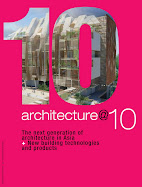
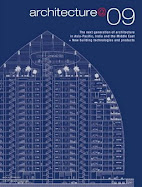
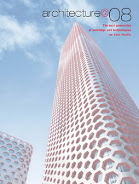



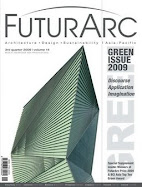



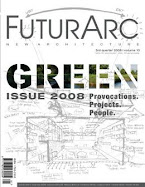








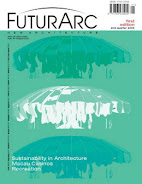



No comments:
Post a Comment